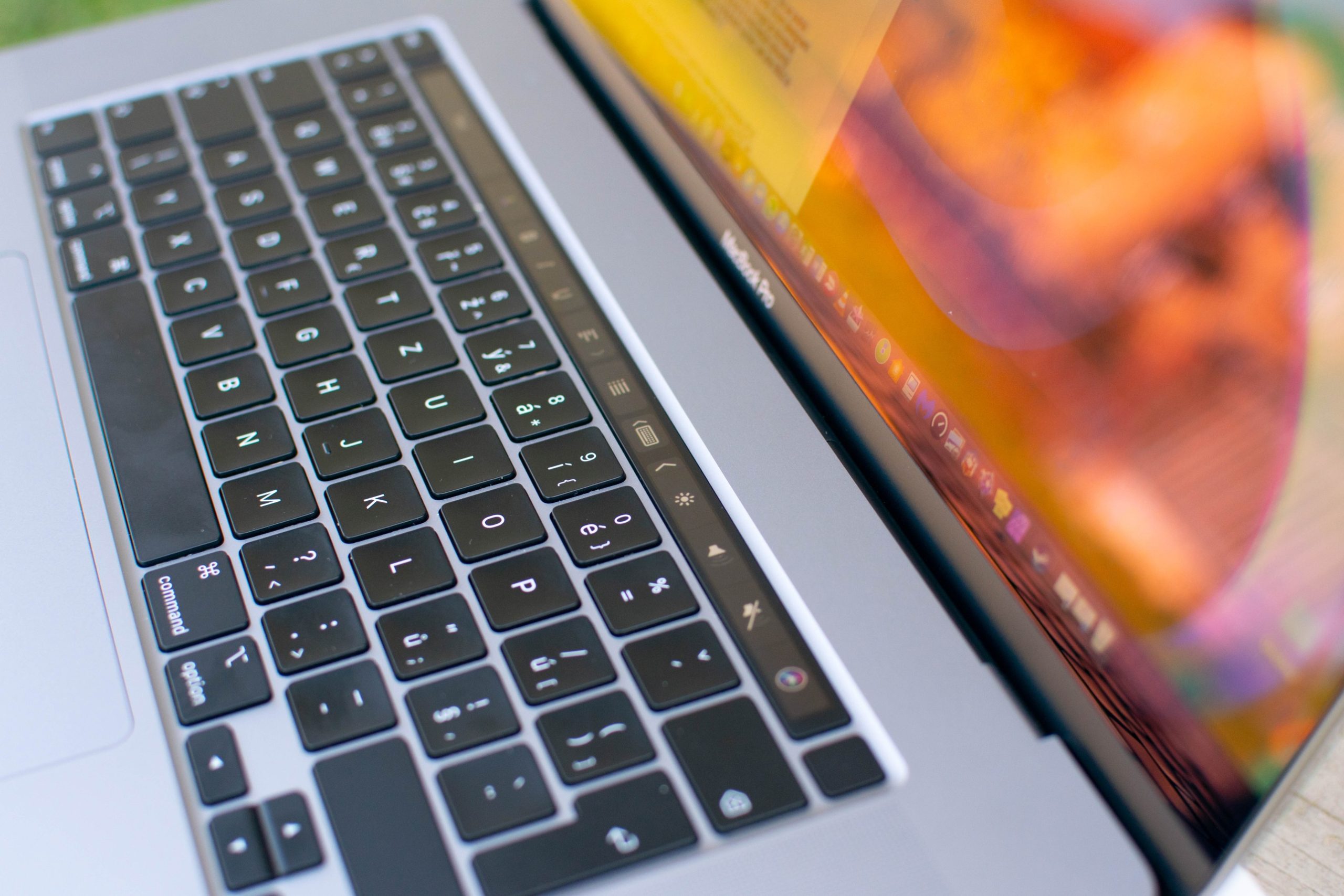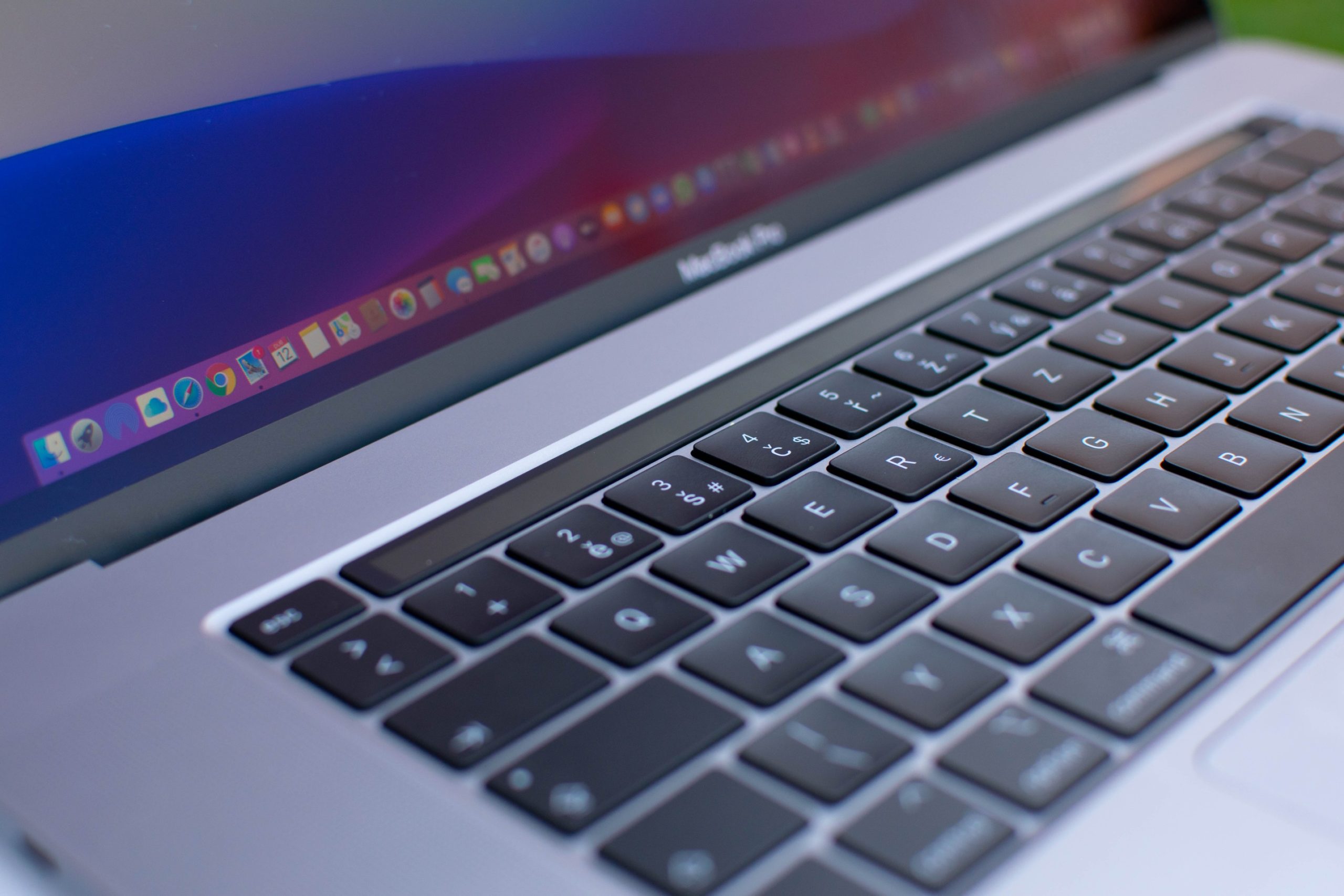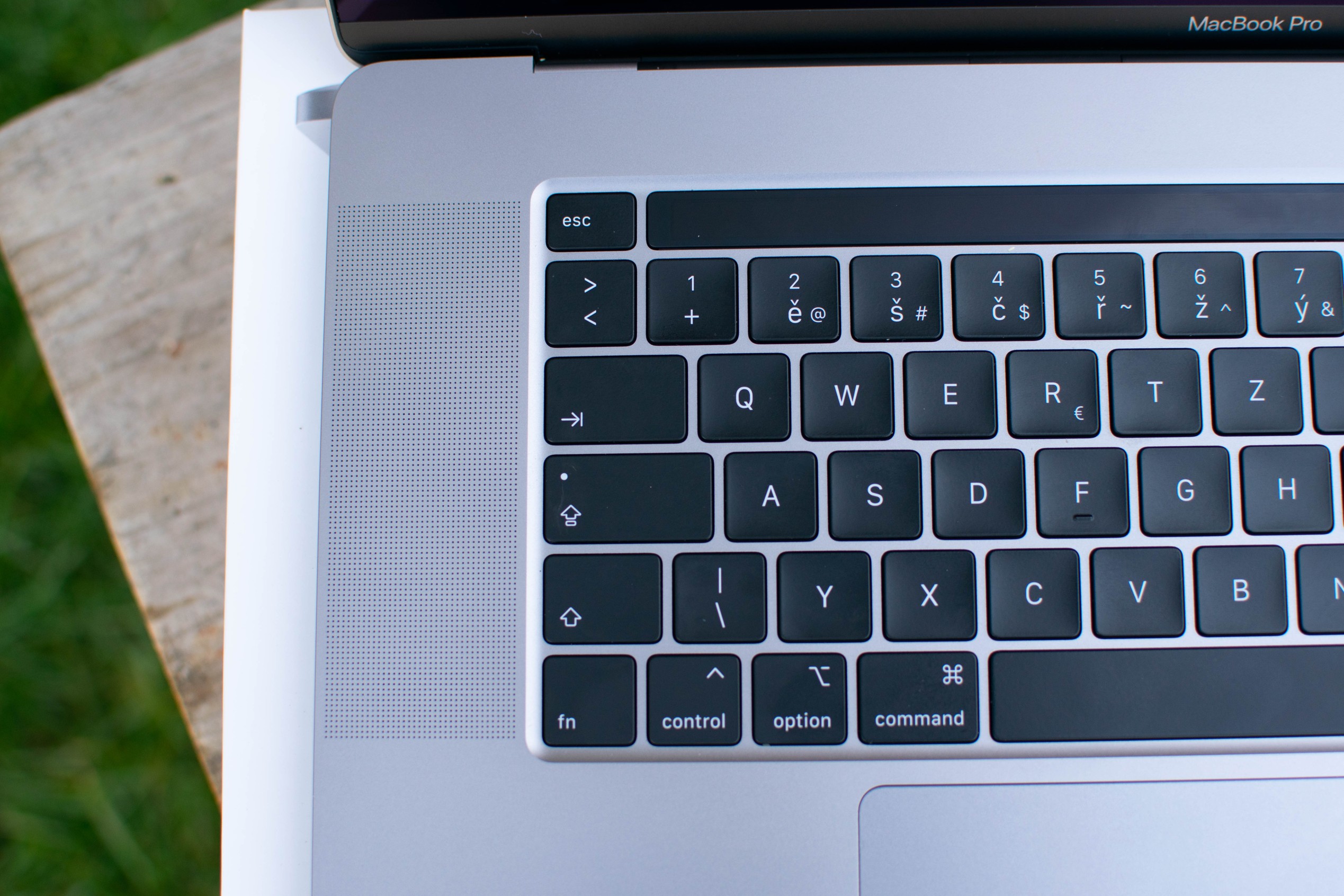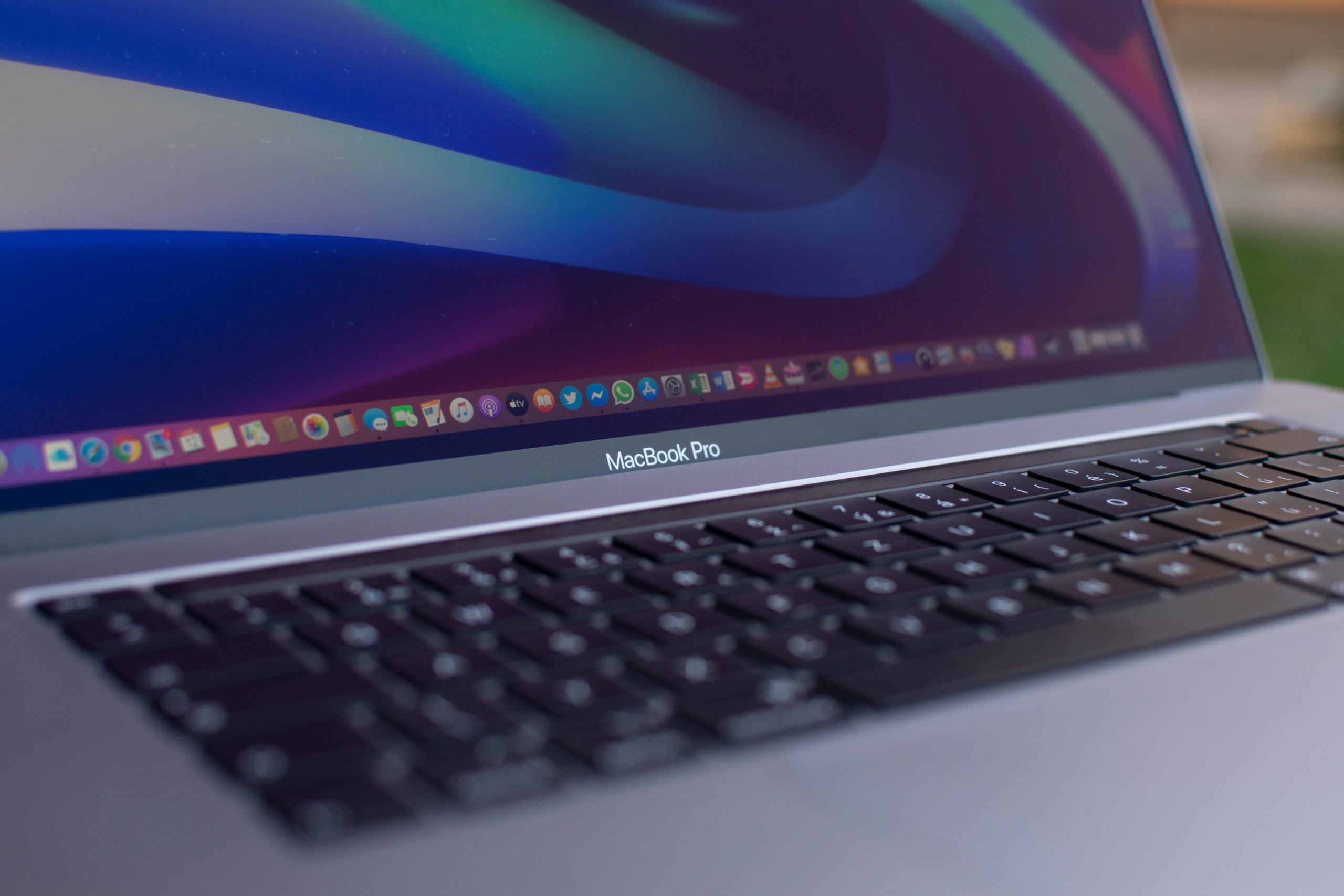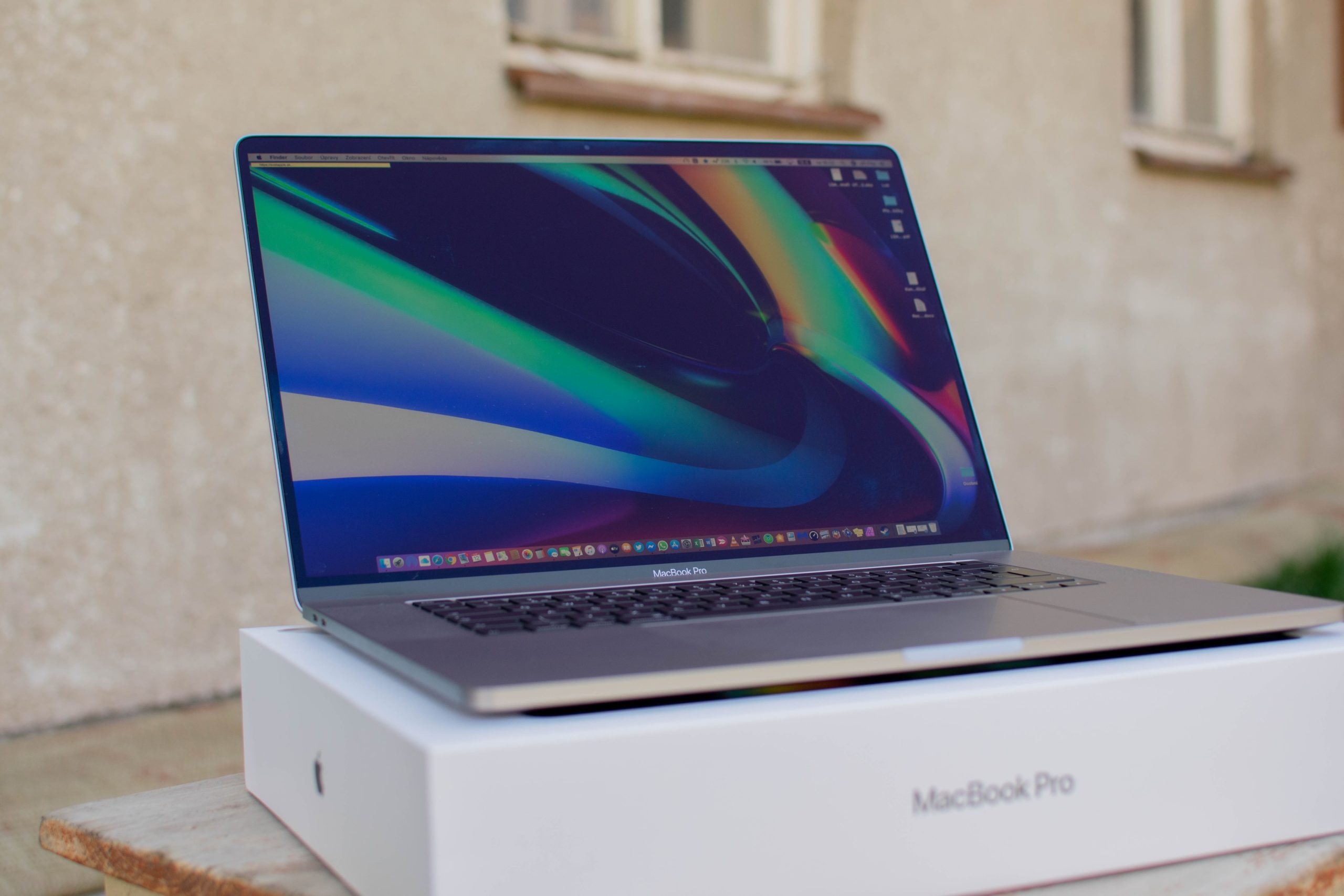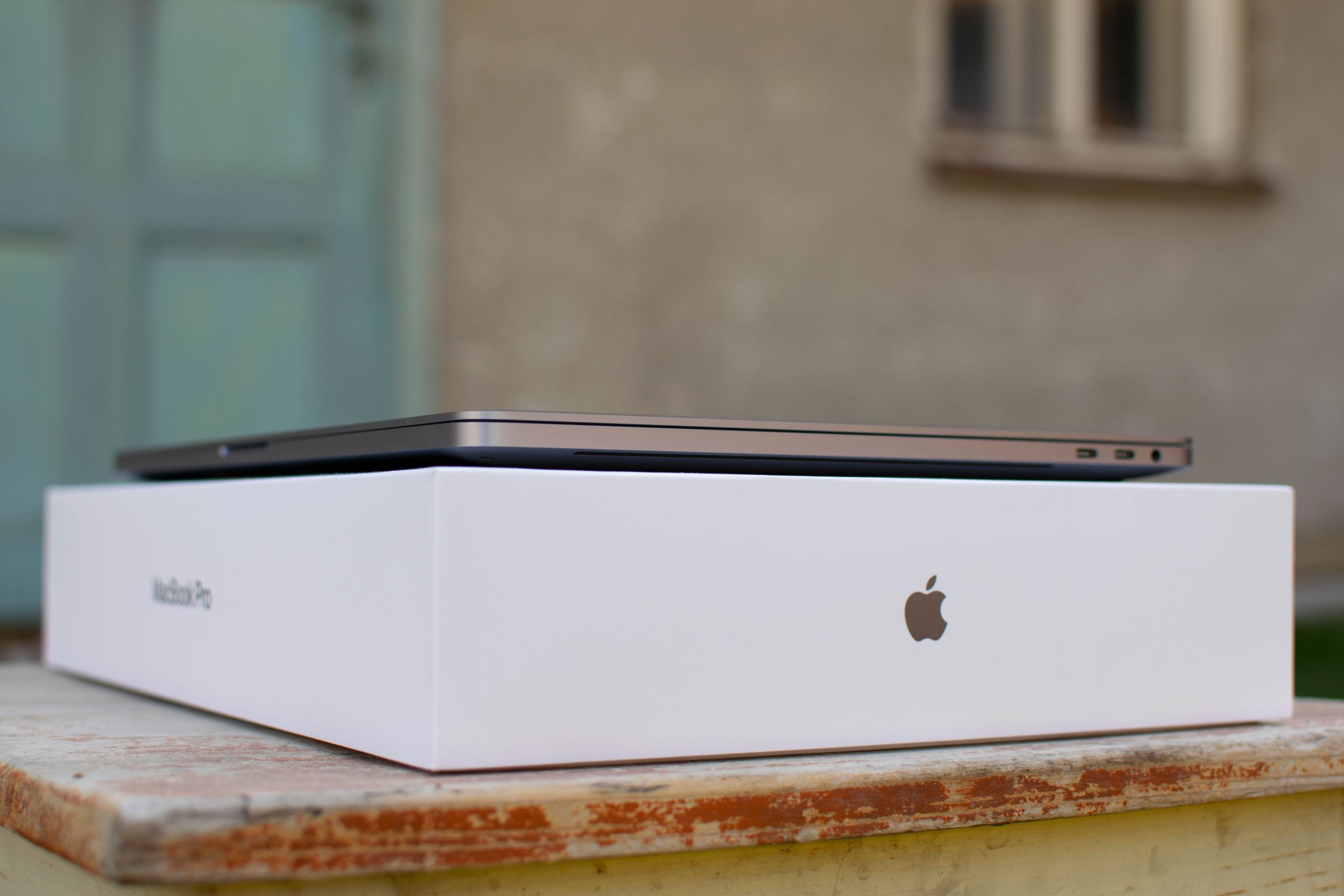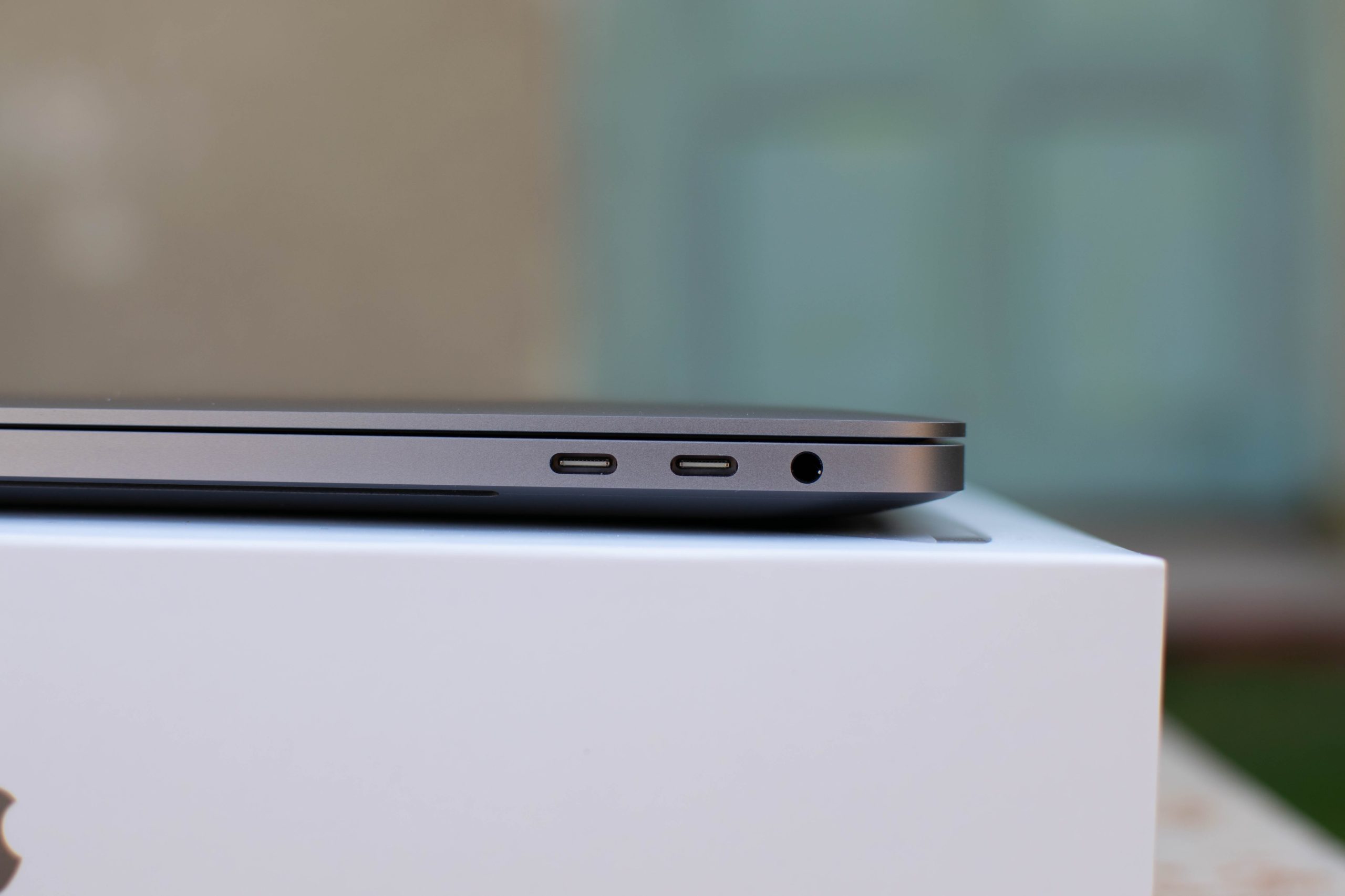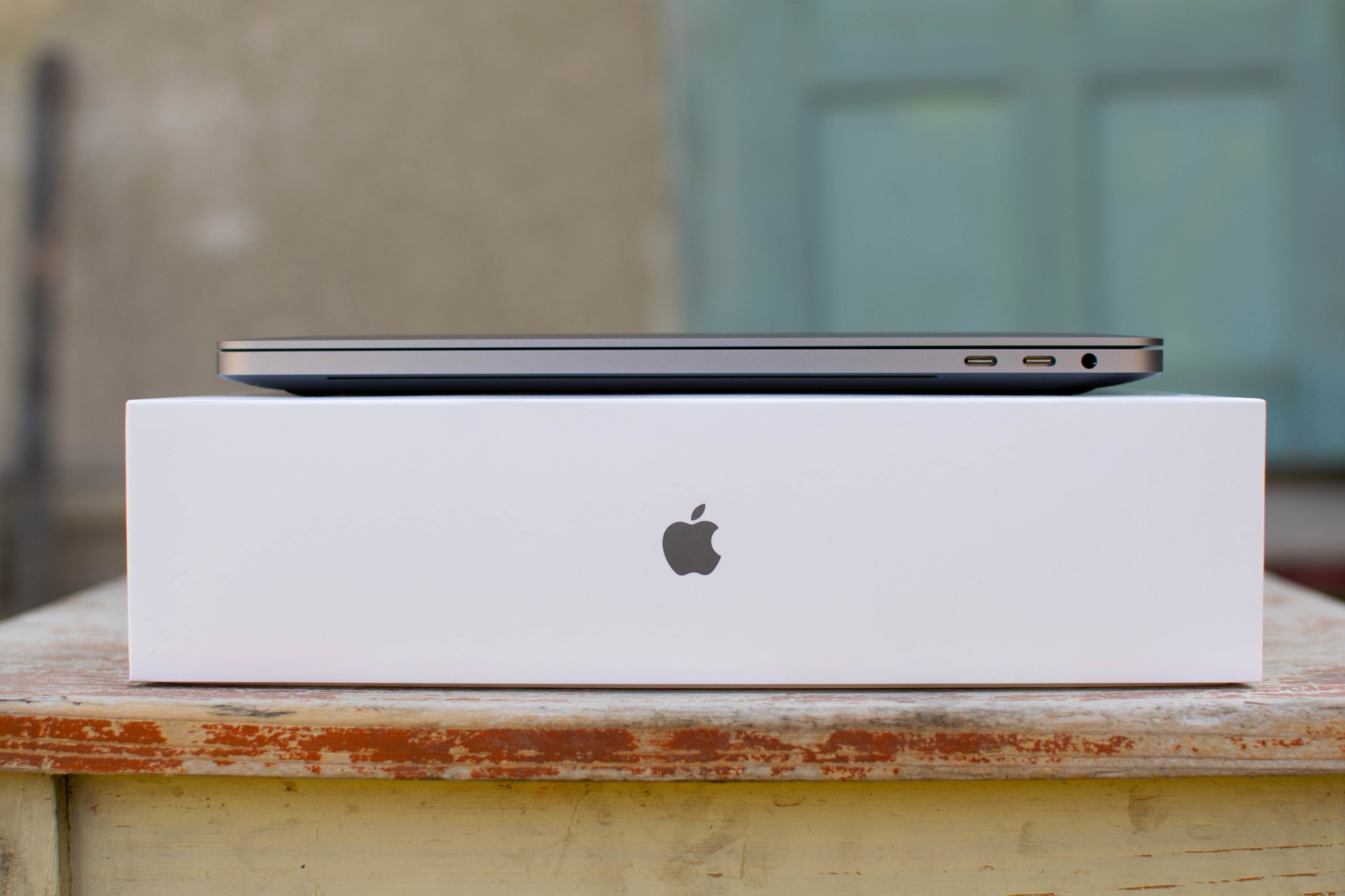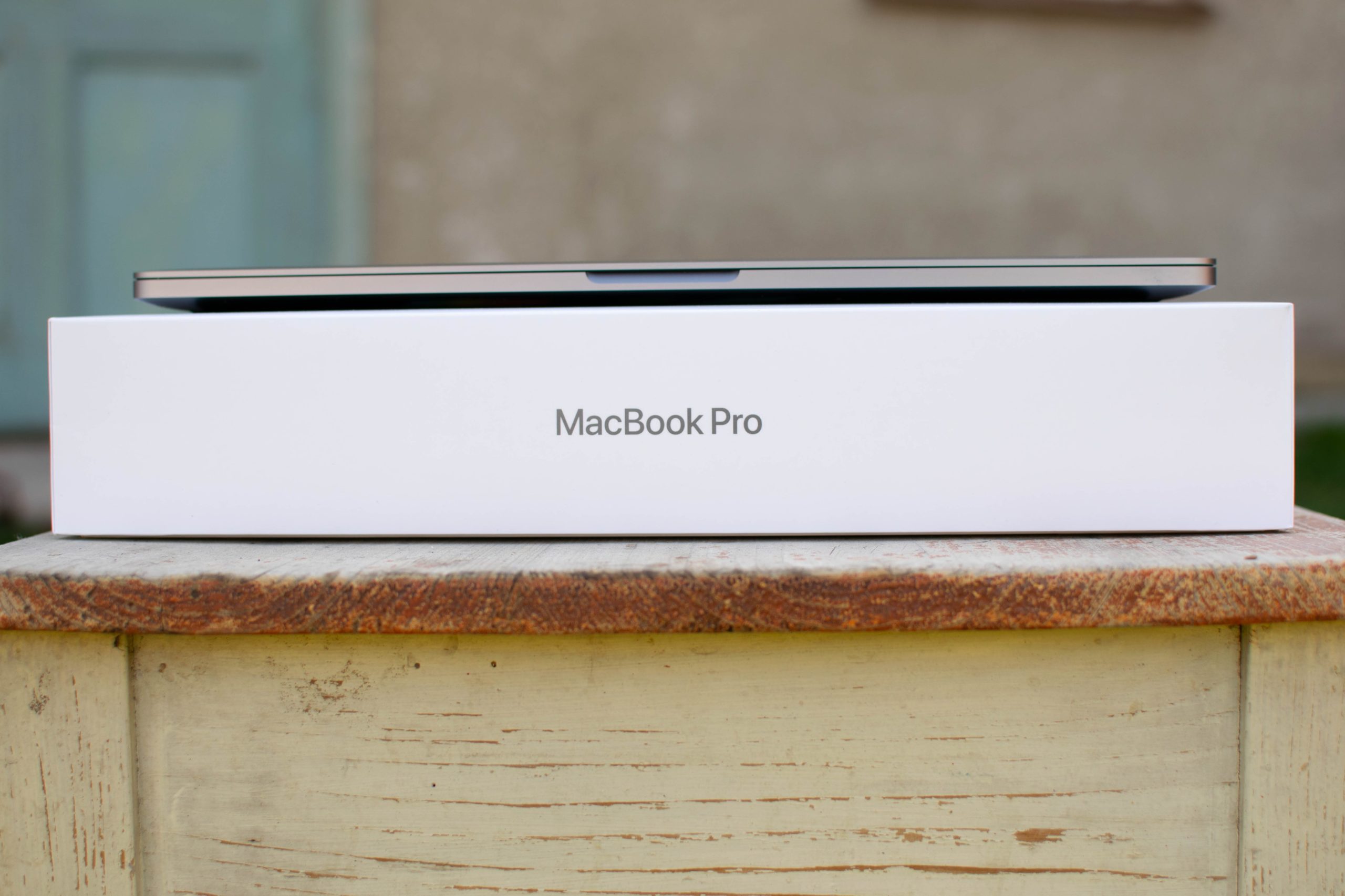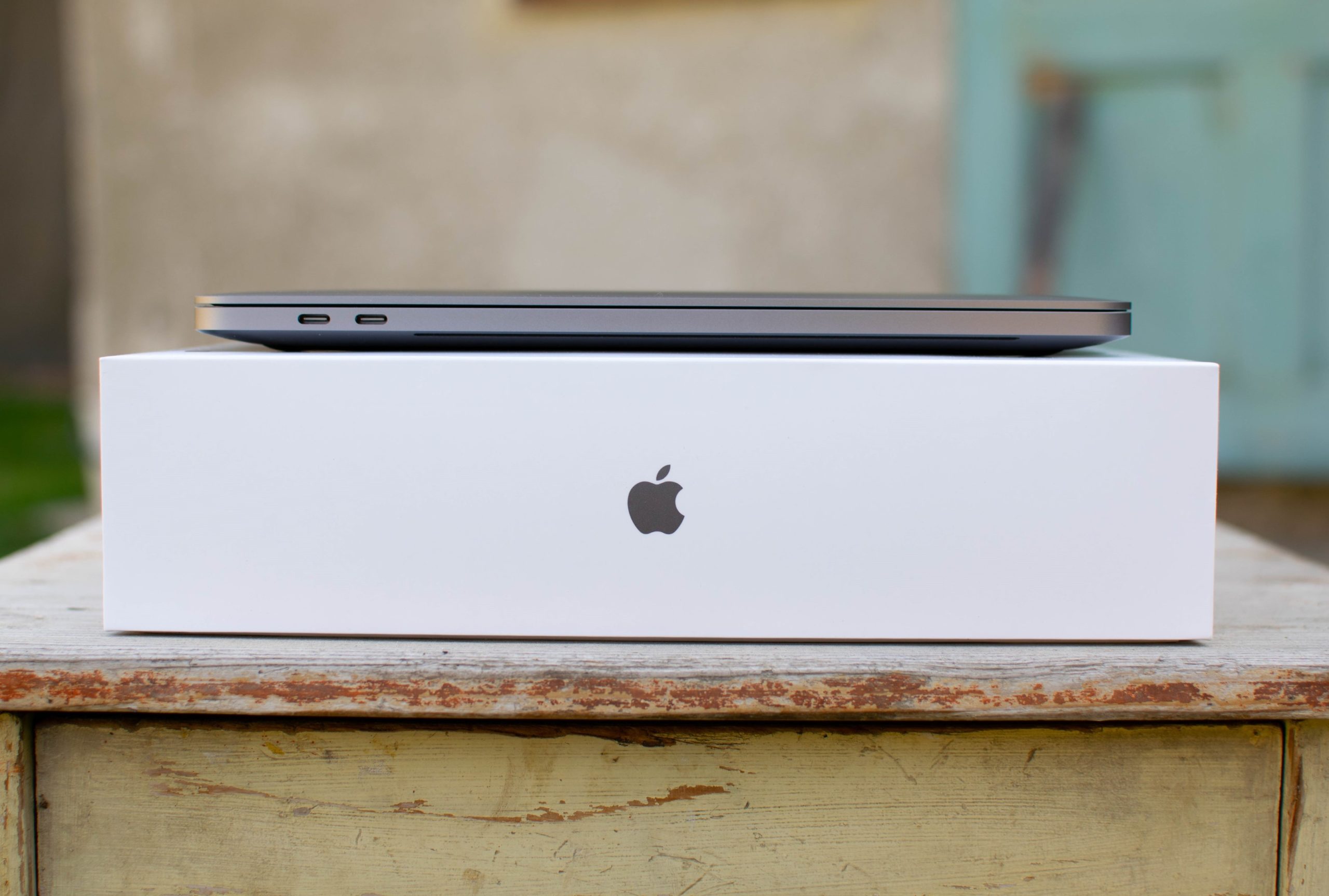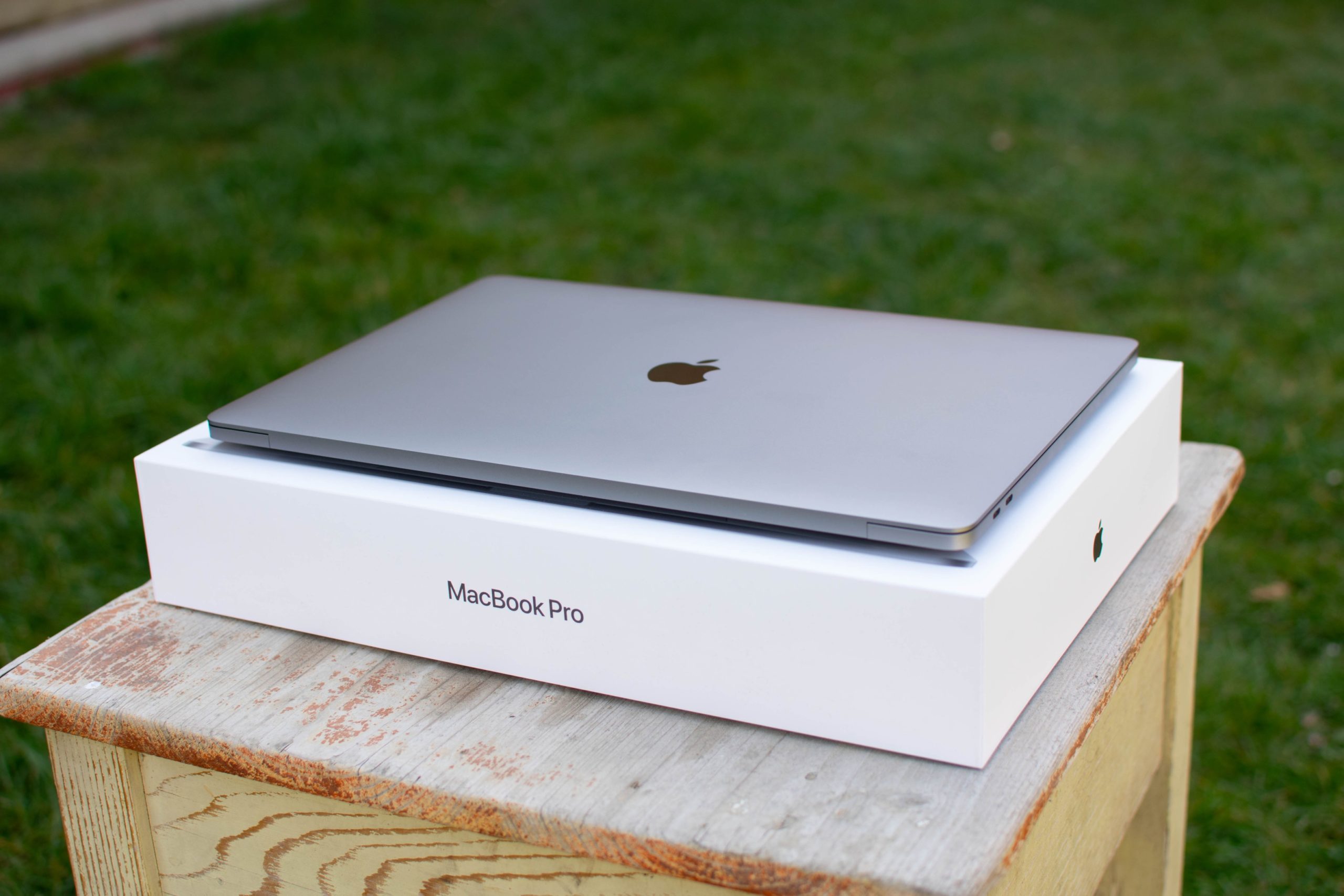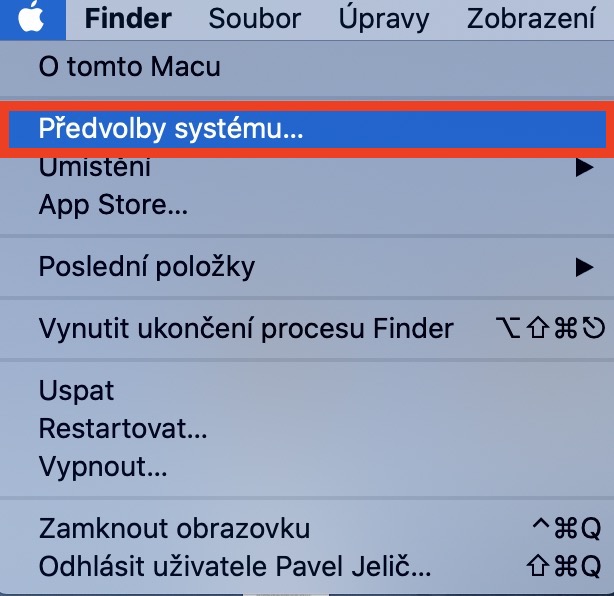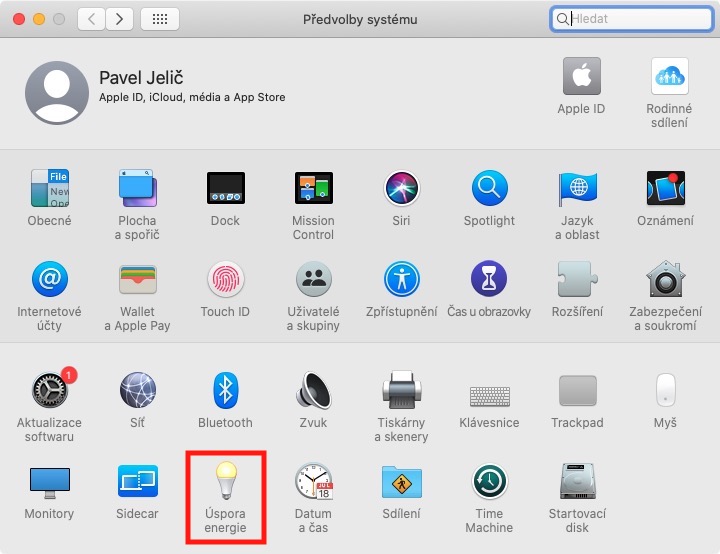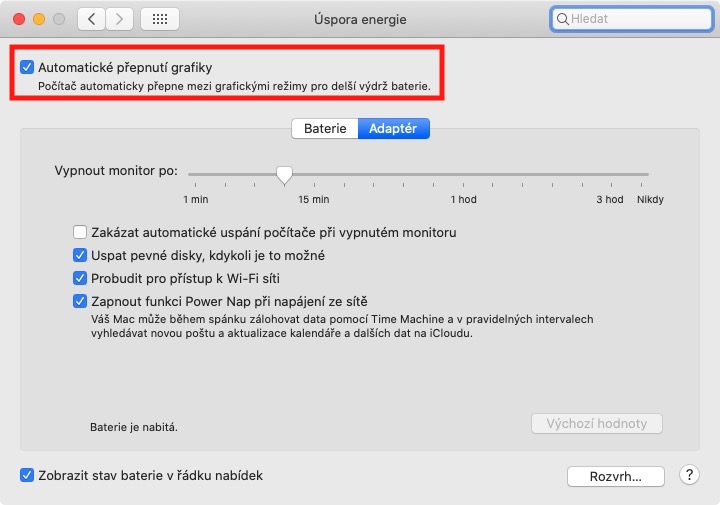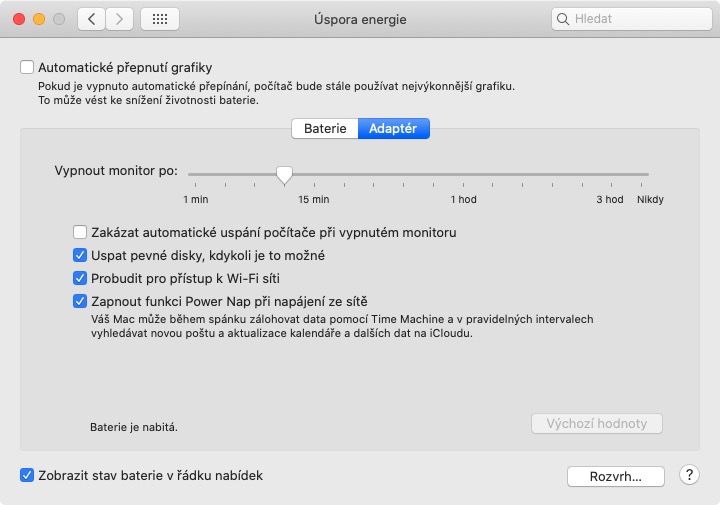If you are among the owners of a MacBook that has dedicated graphics card side by side with the integrated one, so you might have encountered problems related to it screen flickering. At the moment, it only offers a dedicated graphics card 16″ MacBook Pro, which unfortunately during its existence is struggling with quite a lot labor pains. You can see the solution to some of these "pains" using link below.
It could be interest you
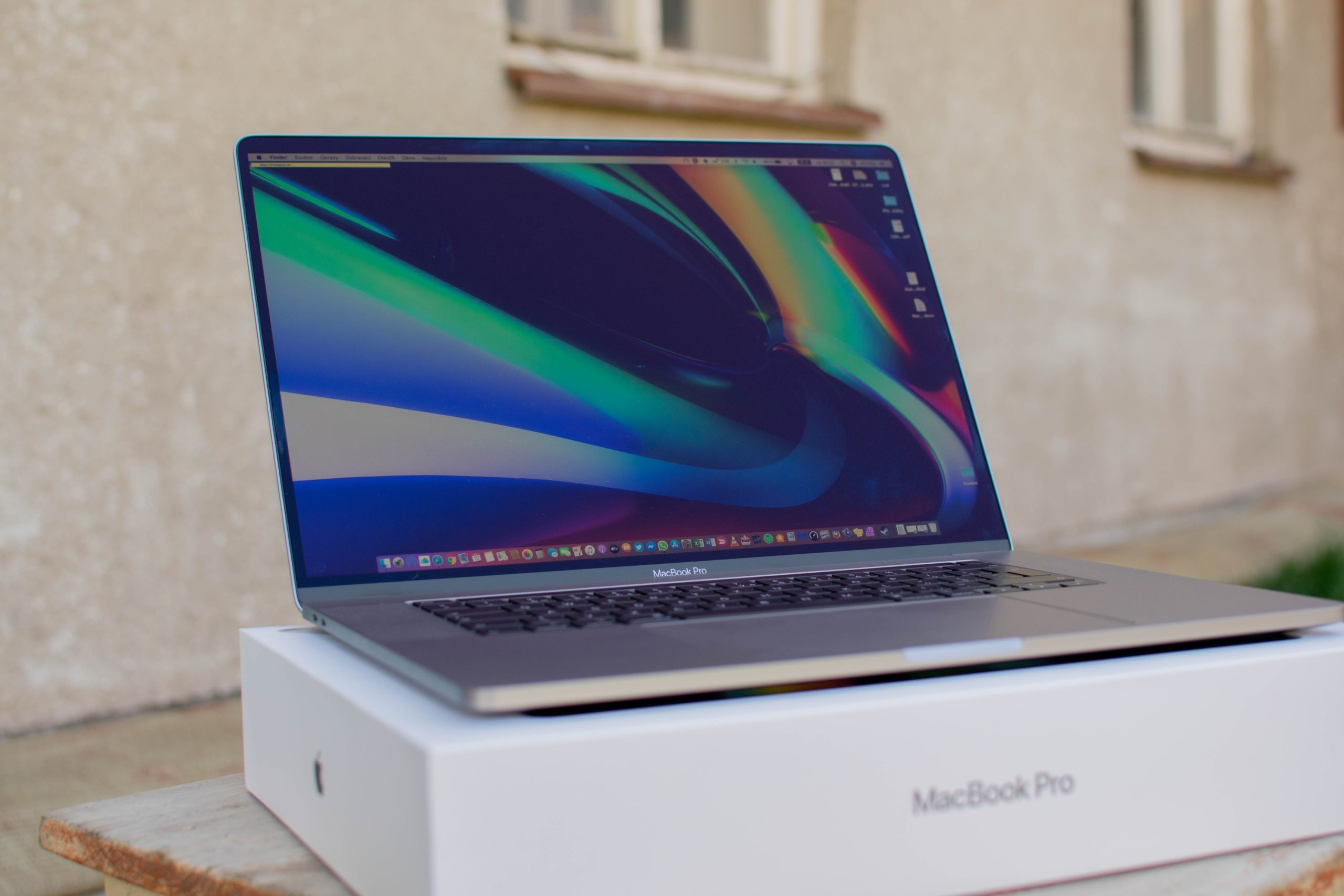
More may be added to these problems one more which relates to constant flickering of the screen after connecting to your MacBook external monitor. In addition, the screen may also flicker if your MacBook you can fall asleep with an external monitor connected for a long time, and then you try MacBook wake up. In both of these cases, you need to fix the MacBook problem restart. Everything works as it should only after restarting. Why is this happening and can this problem be solved solve otherwise than by restarting the computer? We will look at that in this article.
Why does the screen flicker after connecting an external monitor?
If you have ever connected a monitor to a Mac or MacBook, you know that k flashing occurs practical always – and not just for macOS computers. Flickering of the monitor when connecting an external monitor does not mean anything bad, but if it occurs problem described above, so the monitor flashes constantly. This is happening because errors in macOS. After connecting an external monitor, the MacBook has automatic switching to a more powerful, dedicated graphics card. A dedicated graphics card is located on the motherboard of the MacBook in the form separate chip – so it is not integrated inside the processor. A dedicated graphics card is more powerful, which of course also consumes more battery. Unfortunately, MacBooks suffer from this form of switching the problem which manifests itself by flashing the screen.
The 16″ MacBook Pro offers a dedicated graphics card from AMD:
How to solve this problem?
As I mentioned above, the problem with the constant flickering of the screen can be solved by making your device you restart. But of course this is annoying and often restarts last thing which the user wants to perform on his device. However, certain users who are affected by this problem have managed to find temporary solution, thanks to which it is not necessary to restart the MacBook after connecting an external monitor due to screen flickering. Just tap on the top left corner of the screen icon , and then select an option from the menu that appears System Preferences… Once you've done that, tap on the option in the new window Energy saving. Here it is simply enough that you are in the upper part of the window ticked off possibility Automatic graphics switching.
By that function To turn off automatic graphics switching, it's going to happen constantly use more powerful, dedicated graphics card. So when connecting an external monitor it won't happen to that switch from economical graphics to powerful, so you don't even give the MacBook the chance to "bite" and for its screen to start flickering again. However, it must be noted that after deactivation automatic switching of the graphics card you will reduce the operating time on the battery, and also battery life. It is about temporarily workaround until Apple fixes this issue in one of the future macOS updates.
 Flying around the world with Apple
Flying around the world with Apple 